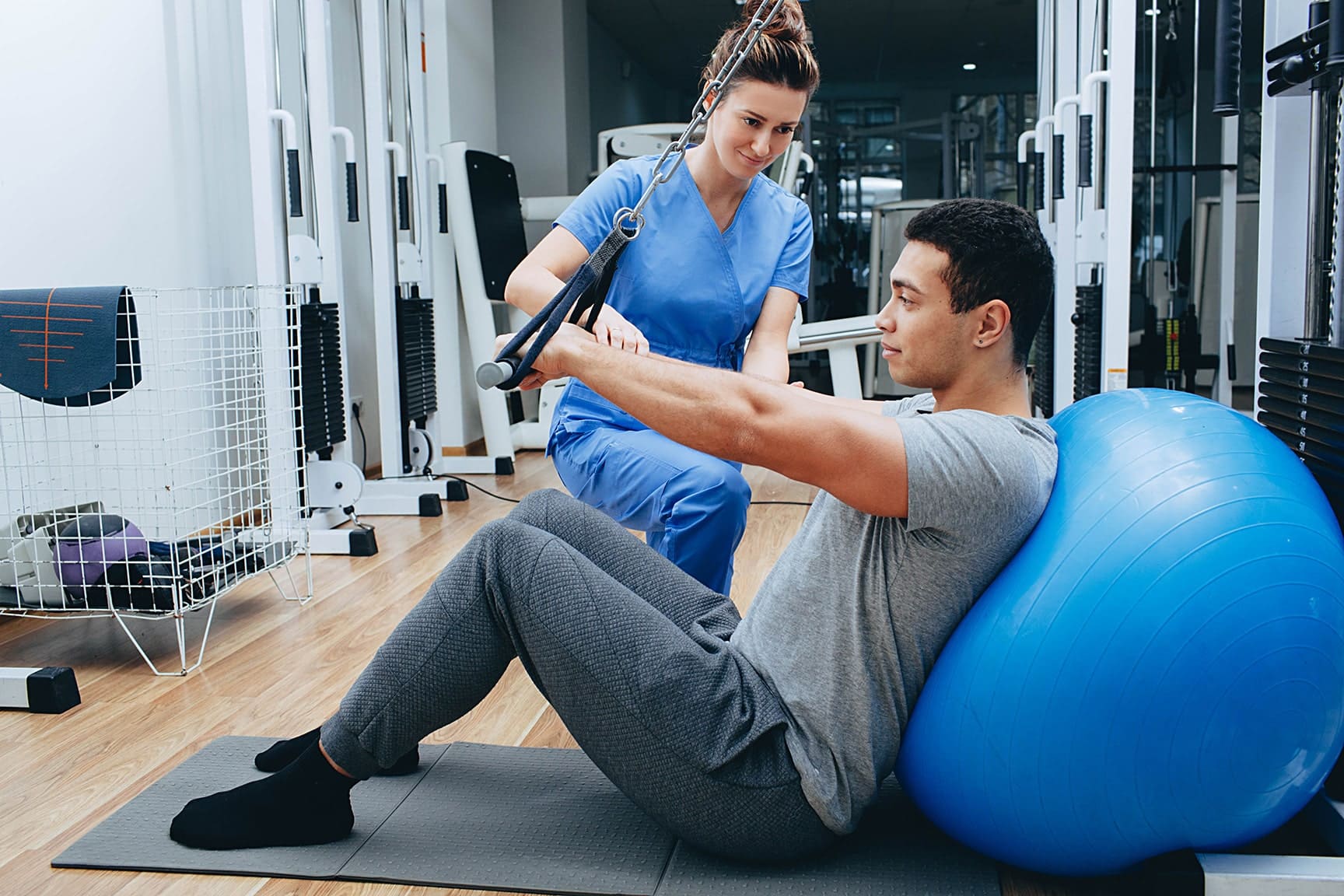When it comes to recovering from spinal injuries or managing chronic back pain, physical therapy plays a crucial role in the rehabilitation process. Through targeted exercises and specialized techniques, physical therapists help individuals regain strength, restore mobility, and alleviate pain. In this blog, we will explore the significant role of physical therapy in spine rehabilitation, highlighting its benefits and the key techniques used. By understanding the importance of physical therapy, you can take proactive steps towards a healthier and pain-free spine.
At Specialty Care Clinics, our dedicated team of physical therapists specializes in spine rehabilitation and is committed to providing individualized care to help you regain mobility, reduce pain, and improve your quality of life. By calling (469) 545-9983, you’ll take the first step towards a healthier and stronger spine.
Comprehensive Evaluation and Individualized Treatment Plans
Physical therapy begins with a comprehensive assessment by a skilled therapist. They assess your spinal condition, identify the underlying causes of your pain or limited mobility, and develop an individualized treatment plan. This plan is tailored to your specific needs, ensuring that your rehabilitation journey addresses your unique challenges effectively.

Targeted Exercises for Strength and Flexibility
Physical therapists prescribe exercises that target the muscles surrounding the spine. These exercises aim to strengthen the core muscles, improve flexibility, and enhance overall stability. By focusing on specific muscle groups, physical therapy helps support the spine and relieve stress on injured or weakened areas. Examples of exercises include gentle stretching, low-impact aerobics, and resistance training.
Manual Therapy Techniques
Physical therapists often utilize manual therapy techniques to complement exercise programs. These techniques involve hands-on manipulation of the spine, joints, and soft tissues. Manual therapy can help restore mobility, improve joint function, reduce inflammation, and alleviate pain. Common manual therapy techniques include spinal mobilization, joint manipulation, and soft tissue mobilization.
Posture Correction and Body Mechanics
Correcting posture and improving body mechanics are essential components of spine rehabilitation. Physical therapists educate patients on proper alignment and body mechanics during everyday activities, such as sitting, standing, and lifting. By making adjustments to your posture and body mechanics, you can reduce strain on your spine and prevent further injury.
Pain Management Strategies
Managing pain is a critical aspect of spine rehabilitation, and physical therapy offers various techniques to address this issue. Therapists may use heat or cold therapy, electrical stimulation, ultrasound, or traction to relieve pain and inflammation. Additionally, they teach patients pain management strategies, including relaxation techniques and home exercises, empowering individuals to take an active role in their recovery.

Education and Lifestyle Modifications
Physical therapists play a vital role in educating patients about their condition and providing guidance on lifestyle modifications. They offer valuable advice on ergonomics, proper lifting techniques, and strategies to prevent future spine injuries. By adopting these recommendations into daily routines, individuals can promote long-term spine health and reduce the risk of re-injury.
Conclusion
Physical therapy is an integral part of spine rehabilitation, offering a holistic approach to restoring mobility, relieving pain, and enhancing the overall quality of life. Through comprehensive evaluations, targeted exercises, manual therapy techniques, and pain management strategies, physical therapists provide individualized care to meet each patient’s unique needs. By working closely with a physical therapist, you can actively participate in your recovery and regain control over your spinal health.
